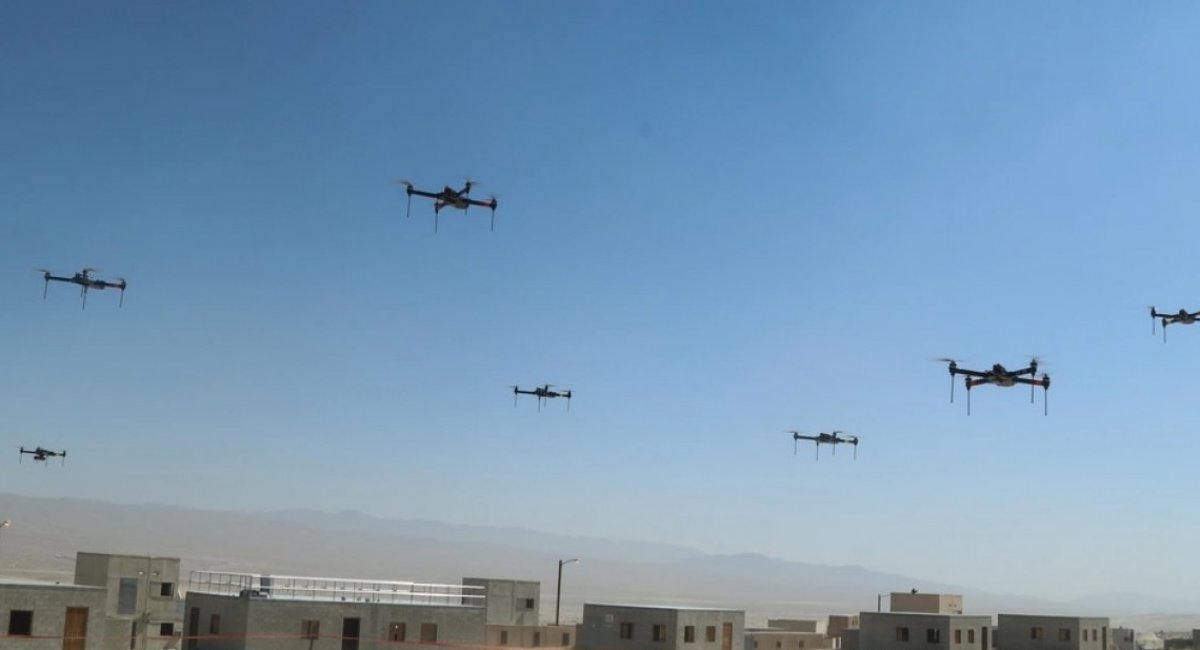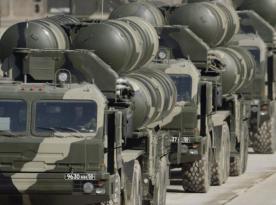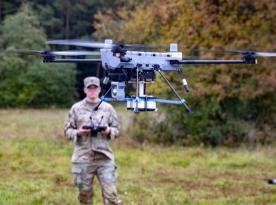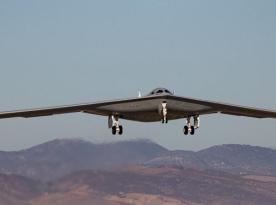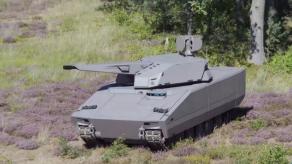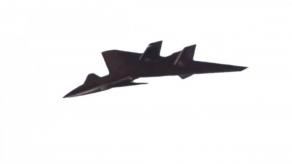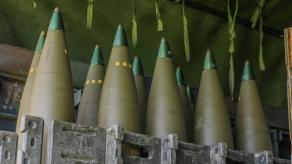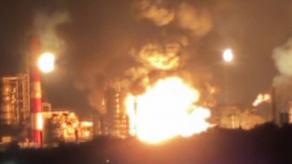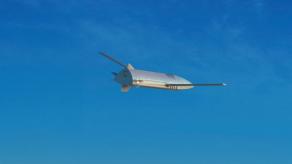The U.S. Army plans to introduce new training programs for unmanned aerial system operators with a new military occupational specialty that will combine drone operators and maintenance specialists and will add a new standardized course.
As Defense One reports, the Army believes that in the future launching small drones will not require an entire fire team, and it is now looking for software that will allow drones to be given orders to carry out combat tasks with a high degree of autonomy.
Read more: Kinzhal and Zircon Missiles Could Easily "Blind" the U.S. to a russian Nuclear Strike, But It's Not That Simple
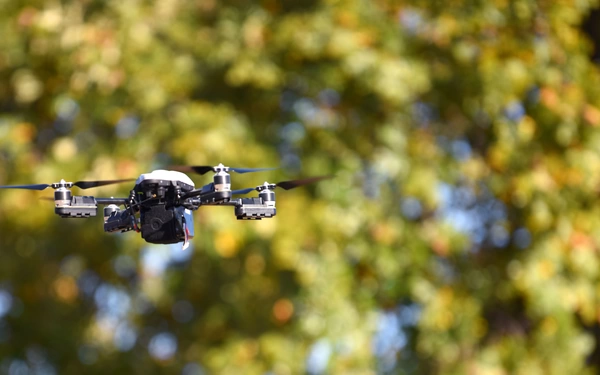
Major General Clair Gill told the AUSA conference, the days when a drone operator was essentially a pilot and had to keep their hands on the stick all the time are over, stressing the autonomous capabilities enabled in part by language models: Basically, we program it, tell it what to do, and then, as you know, the algorithms carry it out very disciplindely.
The idea of maximal automation of small-drone tasks is supported by the 101st Airborne Division, which says using a four-person crew to operate a single drone is excessive and that command-based control not direct pilot control is needed.
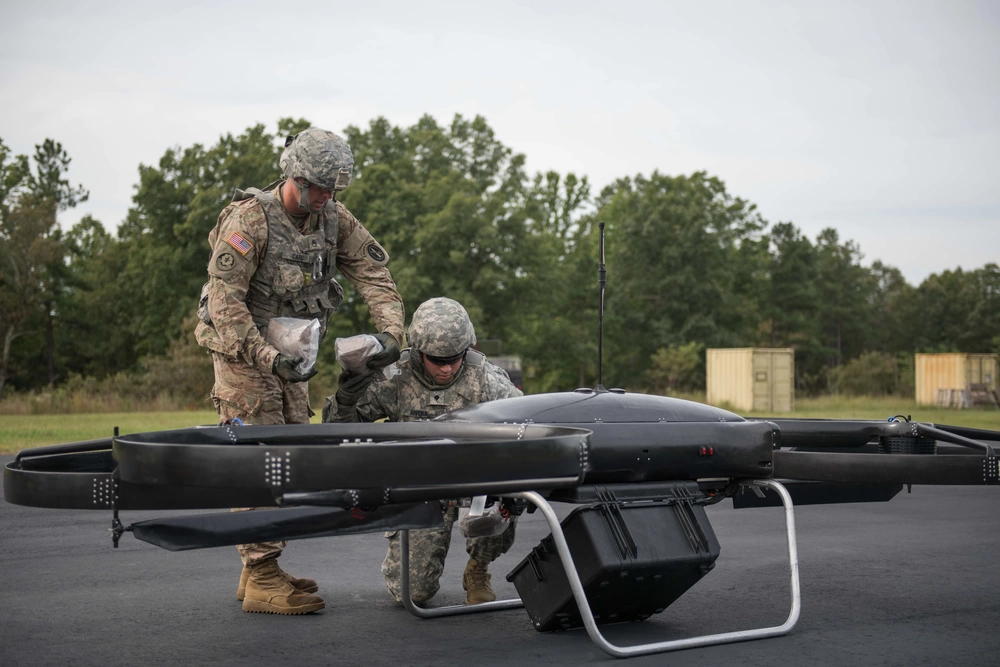
In other words, they want software that lets a drone itself carry out missions, for example engaging an enemy with munitions drops, along with building a unified program interface to control all UAVs. The Army is already implementing some elements of this future UAS strategy.
This is indeed an ambitious and sensible direction greater unification and standardization and fewer personnel required to run small reconnaissance and strike drones. But in the context of these big plans for high autonomy, it' worth recalling that the Army hailed the first successful drone grenade drop as revolutionary, a feat that took years and a dedicated project, while Ukrainian forces have been using such weapons in combat for several years.
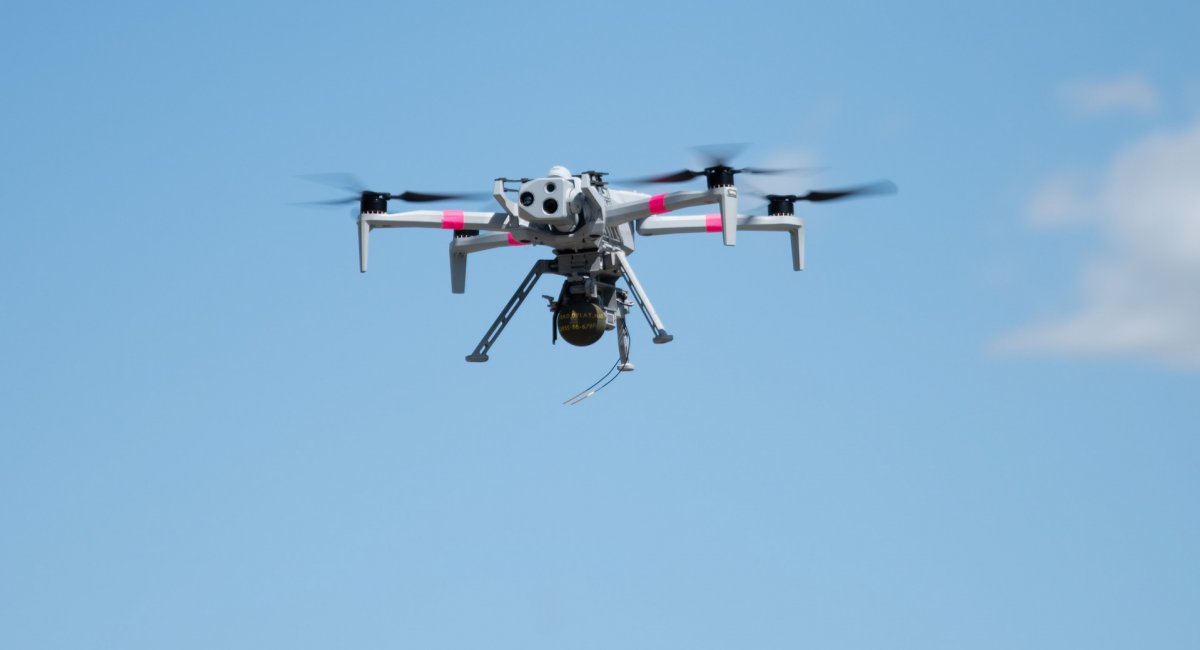
Thus the question remains how quickly the U.S. Army will advance drone automation success will depend on speeding up integration so new technologies are fielded in weeks and months, not years, as happened with the drops.
Earlier Defense Express reported on how U.S. forces first repelled Shahed attacks in 2023.
Read more: Saab Assesses Possibility of Creating New Gripen Production Center for Ukraine




